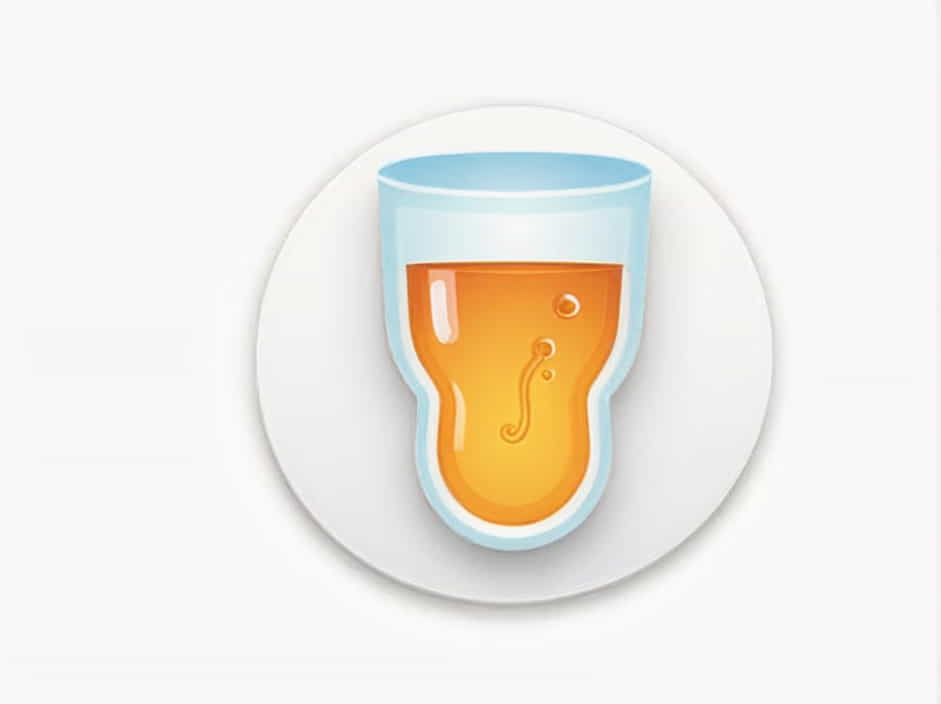The renal corpuscle is a crucial component of the nephron, the functional unit of the kidney. It plays a key role in filtering blood and initiating urine formation. One of its essential structures is the cuplike part, known as Bowmans capsule. This structure surrounds the glomerulus and facilitates the initial step in filtering waste from the bloodstream.
Understanding the anatomy and function of Bowmans capsule provides insight into kidney function and its role in maintaining overall health.
Anatomy of the Renal Corpuscle
The renal corpuscle consists of two primary structures:
- Glomerulus A network of capillaries responsible for filtering blood.
- Bowmans Capsule A cuplike structure that collects the filtered fluid.
Bowmans capsule surrounds the glomerulus and forms a crucial barrier between blood vessels and the nephrons tubules.
Structure of Bowmans Capsule
Bowmans capsule has two distinct layers:
1. Parietal Layer
- Composed of simple squamous epithelial cells.
- Provides structural support.
- Acts as a protective barrier.
2. Visceral Layer
- Lies directly on the glomerular capillaries.
- Contains specialized cells called podocytes.
- Forms filtration slits to regulate fluid passage.
Between these two layers is the Bowmans space (capsular space), where the initial filtrate (pre-urine) collects before moving to the proximal tubule.
Function of Bowmans Capsule
Bowmans capsule plays a critical role in the first stage of urine formation, known as glomerular filtration. Its main functions include:
-
Collecting Filtrate
- Blood pressure forces plasma, electrolytes, and small molecules through the glomerular capillaries.
- The filtrate enters Bowmans space for further processing.
-
Preventing Large Molecules from Passing
- The filtration membrane blocks proteins, blood cells, and large molecules from entering the nephron.
- Ensures that only waste products and essential nutrients in appropriate amounts continue through the kidneys filtration system.
-
Maintaining Fluid Balance
- Regulates the volume and composition of body fluids.
- Helps in excreting excess water, salts, and metabolic waste.
The Filtration Membrane in Bowmans Capsule
Filtration in Bowmans capsule occurs through a three-layered membrane:
-
Fenestrated Endothelium of the Glomerular Capillaries
- Contains small pores that allow water and solutes to pass through.
- Prevents blood cells from entering Bowmans space.
-
Basement Membrane
- Acts as a second filtration barrier.
- Prevents proteins from leaking into the filtrate.
-
Filtration Slits Between Podocytes
- Final selective barrier.
- Regulates the passage of small molecules such as glucose, sodium, and urea.
This structure ensures that essential nutrients remain in the bloodstream while allowing waste and excess substances to enter the nephron for excretion.
Diseases Affecting Bowmans Capsule
Several kidney disorders can damage Bowmans capsule and impair its function, including:
1. Glomerulonephritis
- Inflammation of the glomerulus and Bowmans capsule.
- Can be caused by infections, autoimmune diseases, or high blood pressure.
- Symptoms include blood in the urine, proteinuria, and swelling.
2. Diabetic Nephropathy
- Damage caused by prolonged high blood sugar levels.
- Thickens the basement membrane, reducing filtration efficiency.
- Leads to protein leakage and kidney failure over time.
3. Minimal Change Disease
- A condition affecting the podocytes in Bowmans capsule.
- Common in children, causing significant protein loss.
- Often treated with corticosteroids.
4. Nephrotic Syndrome
- A collection of symptoms due to damage in the renal corpuscle.
- Leads to severe proteinuria, swelling, and increased cholesterol levels.
Importance of Bowmans Capsule in Kidney Function
The efficiency of Bowmans capsule is crucial for:
- Waste Removal Eliminates toxins and metabolic byproducts.
- Water Balance Regulates fluid retention and excretion.
- Electrolyte Balance Maintains proper sodium, potassium, and chloride levels.
- Blood Pressure Regulation Works with the nephron to adjust fluid levels, affecting blood pressure.
Bowmans capsule, the cuplike part of the renal corpuscle, plays a vital role in kidney filtration. Its specialized structure allows for the efficient separation of waste from blood while retaining essential nutrients. Damage to this structure can lead to serious kidney diseases, making it essential to maintain kidney health through proper hydration, a balanced diet, and regular medical check-ups.
